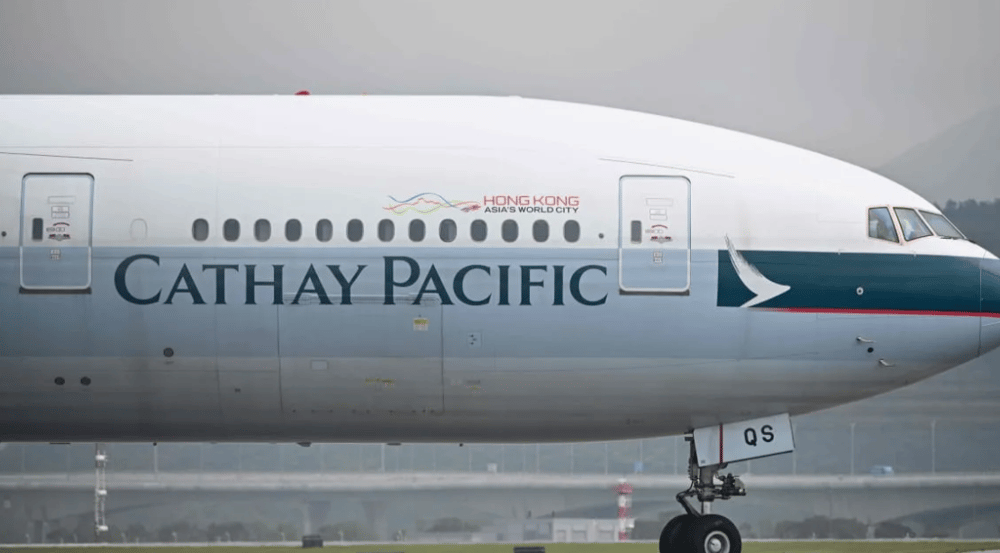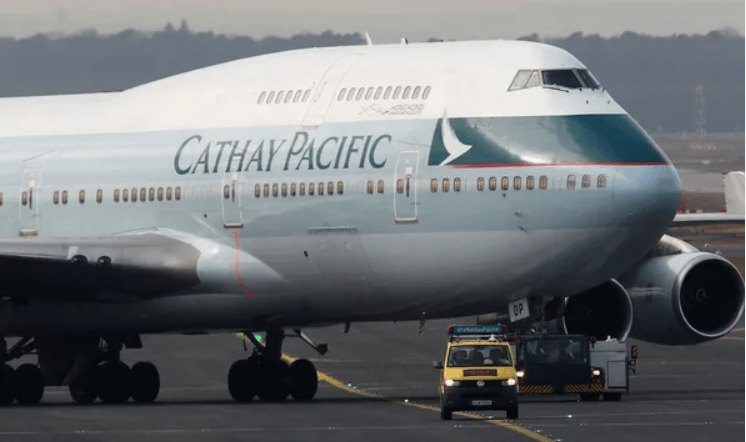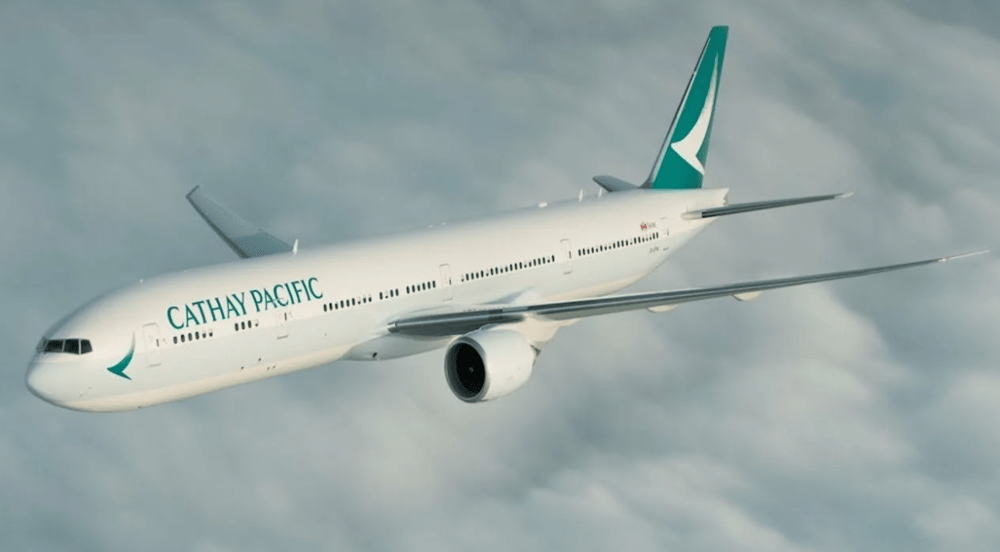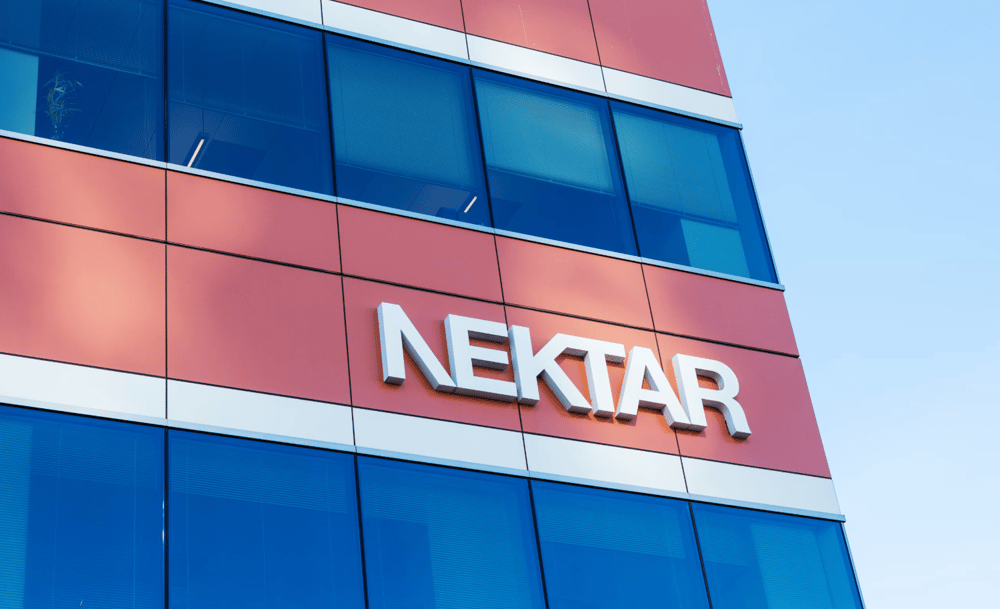HKD Airline Fare Decline Pressures Cathay Pacific’s HK Express as Third Runway Spurs Low-Cost Competition
Cathay Pacific Airways Ltd. $0293.HK is facing new operational and pricing challenges at its low-cost subsidiary, HK Express, due to a steepening decline in airfares across regional routes. The pressure comes as intensified competition follows the opening of Hong Kong International Airport's third runway in November 2024, enabling a surge in available flight slots.
At the IATA Annual General Meeting in New Delhi, HK Express CEO Jeanette Mao emphasized that falling ticket prices—compared to previous post-COVID highs—have become the most significant threat to the carrier's near-term profitability. The combination of increased airport capacity and aggressive pricing by rival low-cost carriers (LCCs) is reshaping the competitive dynamics in Asia’s budget airline sector, particularly on short-haul routes.
Structural Shifts and Revenue Headwinds in Asia’s Low-Cost Airline Market
The inauguration of Hong Kong’s third runway was intended to reinforce the city’s status as a regional aviation hub. However, it has also ignited a price war among budget airlines, intensifying pressure on yields—defined as average revenue per passenger-kilometer.
HK Express, acquired by Cathay Pacific in 2019, has been actively expanding flight frequencies on routes to Japan, Southeast Asia, and mainland China. Yet, these gains are being offset by fare deflation, which stems from overcapacity and the rapid re-entry of regional LCCs such as AirAsia $5099.KL, Peach Aviation (subsidiary of ANA Holdings), and ZIPAIR $9201.T.
The increased availability of takeoff and landing slots has led to more flights operating at lower load factors, diminishing per-seat profitability. This operational strain is especially pronounced in a sector where margins are already thin, and cost competitiveness is paramount.

HK Express and Market Dynamics – Key Facts
✈️ Operator: HK Express $0293.HK
📉 Primary challenge: Accelerating decline in HKD-denominated airfares
🛫 Catalyst: Third runway at Hong Kong International Airport operational since Nov 2024
🧳 Main routes: Japan, Southeast Asia, Greater China
💬 Executive insight: CEO Jeanette Mao at IATA AGM, New Delhi
🧭 Sector shift: LCC price war and route saturation
Market Reactions and Strategic Implications for Cathay Pacific Group
The broader airline market in the Asia-Pacific region is adjusting to post-pandemic normalization, with passenger volumes recovering but revenue per seat lagging due to overcapacity. Investors and analysts now scrutinize profitability metrics like RASK (revenue per available seat kilometer) and CASK (cost per available seat kilometer) more closely than passenger counts alone.
Cathay Pacific may face a strategic dilemma: balancing the growth trajectory of HK Express with the erosion of pricing power. With fuel costs stabilizing but unit revenues declining, the focus is likely to shift toward operational efficiency, ancillary revenue generation, and dynamic pricing models.
Airport authorities, meanwhile, must manage the consequences of increased runway capacity—ensuring that volume growth does not translate into systemic fare suppression.

Strategic Takeaways
Fare deflation in HKD is eroding margins for LCCs including HK Express.
The third runway has significantly increased slot availability, leading to price-based competition.
Cathay Pacific must navigate yield compression while maintaining HK Express’s market share.
Ancillary revenues and seat optimization will be critical to offset lower ticket prices.
Sector-wide overcapacity may trigger further consolidation or route rationalization in 2025–2026.
Cathay Pacific’s Budget Arm Faces New Challenges as Airport Expansion Fuels Low-Cost Disruption
The expansion of Hong Kong International Airport has reshaped the competitive landscape for budget aviation in the region. While the third runway enhances infrastructure resilience, it also amplifies competitive pressure by enabling more carriers to expand service rapidly.
For HK Express, the challenge lies in preserving profitability amid declining airfares, even as demand for budget travel remains robust. As Cathay Pacific seeks to strengthen its foothold in the low-cost segment, the focus must shift to strategic differentiation, cost discipline, and innovation in pricing structures.
The unfolding scenario illustrates a critical shift in Asia’s aviation industry, where infrastructural upgrades and market liberalization can yield both opportunity and oversupply-induced volatility.















Comments